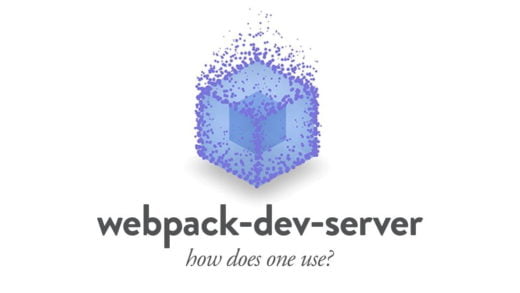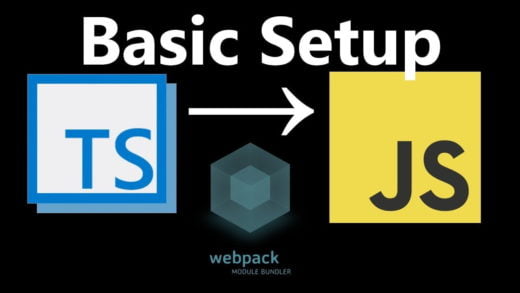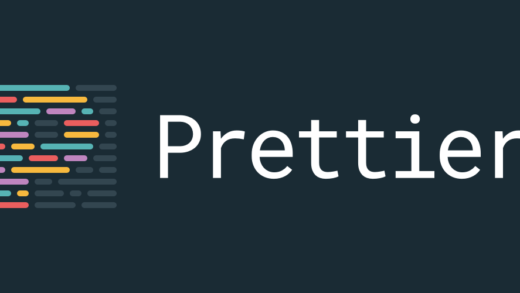Property management is like trying to juggle burning torches on a moving unicycle. With custom property management software development, those torches can become tiki lamps, and that unicycle can become a comfortable recliner. Let’s take up the challenge in this guide on how to develop a property management system for real estate that would meet-and perhaps even beat-expectations.
Step 1: Define Your Needs – The Treasure Map
Before diving into the ocean of coding, take a step back and draw on paper the treasure map of what exactly is needed. What do you want the property management software to handle? Are we talking about just a simple tool to handle rental listing, or a full-fledged suite to handle lease handling, maintenance requests, and tenant communications?
- Tenant management: Keeping track of tenant details, lease terms, and payment histories.
- Maintenance tracking: Organizing repair requests and regular property maintenance.
- Financial management: Handling rent payments, expenses, and financial reporting.
These are needs that shall be known, almost like whether one is looking for buried gold or just trying to fish out keys from a pond.
Step 2: Market Research – Know Thy Neighbors
Don’t just peek over the fence; jump over and find out what your neighbors—aka competitors—are doing with their property management software development. This step is not about copying homework. It’s about understanding what’s out there and making a plan for what you can do better. Ask yourself:
- What features do existing systems have?
- Where do they lack, and how can you improve upon them?
- What are the latest trends in rental property management software development?
This reconnaissance mission will help you carve a niche for your product in the crowded marketplace.
Step 3: Assemble Your Crew – Choose Your Developers Wisely
To work on the project, you will need to hire either a technical wizard or an entire team if you are not one yourself. You need to find the right property management software development service for your needs. Get a team that is not only good technically but at the domain of real estate also.
When vetting potential developers, consider the following:
- Their experience in property management software development.
- Past projects and client testimonials.
- Their approach to tackling challenges and solving problems.
Think of this as assembling a crew for a heist; you need everyone from the mastermind to the getaway driver.
Step 4: Blueprint Your System – Design Before You Build
Having crystal clarity of the needs and market, and your dream team at the ready, now is a high time to design your system. During this phase, translation of your needs into an executable blueprint for developers will be done.
Here’s where you decide on:
- The architecture of the software.
- User interface and experience (UI/UX) design.
- Security features, because let’s face it, you’re basically setting up a digital Fort Knox.
Design is not just about aesthetics; it’s about making sure the system is intuitive and user-friendly. After all, you don’t want your users to feel like they’re trying to solve a Rubik’s cube blindfolded.
Step 5: Development & Testing – Turning Blueprints into Reality
With the blueprints ready, it’s time to get your hands dirty. The development phase involves a lot of coding and coffee. This is where your property management system starts taking shape. But remember, coding without testing is like baking a cake without tasting it—you don’t know what you’re going to get until it’s too late.
Include these key steps in your development process:
- Regular updates and iterations based on feedback.
- Rigorous testing to iron out any kinks—think of it as hunting down gremlins that might mess up the works.
Step 6: Implementation & Training – Don’t Skip the Tutorial
Developing your software isn’t the end of the journey; it’s just one part of the adventure. Now, you need to implement it effectively. This means setting up the system for your clients and training them on how to use it.
Make sure you:
- Offer comprehensive training sessions, not just a “Good luck!” and a wave.
- Provide support for any teething problems that pop up.
Implementation is like teaching someone to fish. You’re not just giving them the software; you’re ensuring they know how to use it to reel in the big catches.
Step 7: Feedback & Iteration – Listen and Adapt
Go live and then get your system’s feedback on what the users love and on areas that might need improvement. This is the time that one can actually refine the system to make it better. For survival and relevance, continuous improvement will be the name of the game.
Remember, building a property management system is a marathon, not a sprint. It calls for patience and persistence—with a pinch of humor to keep it light. As you go through these steps, remember that you’re not just designing software; you’re creating a solution that makes child’s play out of property management, turning erstwhile torch jugglers into relaxed, recliner-sitting strategists.
Step 8: Scale and Expand – Growing Your System
Once you’ve fine-tuned your property management system and ironed out the initial hiccups, it’s time to think about scaling. Scaling isn’t just about handling more properties or users; it’s about enhancing your system to accommodate growing needs and possibly branching into new markets.
- Add new features: Based on user feedback and emerging industry trends, introduce new functionalities that can keep your system at the cutting edge.
- Enhance integration capabilities: Ensure your system can easily integrate with other tools and platforms commonly used in real estate, such as CRM systems or financial software, making it a more comprehensive tool.
Scaling is like playing a video game; as you get better, you level up, and the challenges get tougher but more rewarding.
Step 9: Marketing – Selling Your Masterpiece
Now that you have a property management system you’re proud of, it’s time to shout it from the rooftops (or at least advertise it on the internet). Marketing your product effectively is crucial to ensure it reaches the right audience and gains traction in the market.
- Targeted advertising: Use online ads directed at real estate professionals and property managers.
- Content marketing: Write blog posts, articles, and case studies demonstrating the benefits and unique features of your system.
- Trade shows and conferences: Nothing beats the personal touch. Attend industry events to showcase your software and network with potential customers.
Marketing is the art of storytelling. Tell a compelling story about how your property management system can simplify the lives of property managers and landlords.
Step 10: Maintain and Enhance – Keeping the Ship Sailing
The development of your property management system doesn’t stop at launch. Technology evolves, and so should your software. Regular maintenance and updates are essential to keep the system efficient and secure.
- Regular updates: Implement updates to fix bugs, improve functionality, and add new features.
- Customer support: Provide stellar customer service to assist users with any issues and gather feedback for future improvements.
- Security enhancements: As cyber threats evolve, continuously strengthen your system’s security measures to protect your users’ data.
Think of this ongoing maintenance as gardening; you need to regularly weed and prune to keep the garden healthy and flourishing.
Conclusion
Learning how to develop a property management system is no cakewalk. It includes understanding the intricacies that come with real estate management, compiling a team of persons who can handle the project capably, and really creating a tool that solves problems. Whether it’s a techno wizard or a real estate tycoon who wants to give a technological boost to his operations, the following steps will enable you to make a difference in this overcrowded market for property management software:.
What is being done here is not so much the building of a system but the creation of an ecosystem within which property management will become less chore-like and more pleasurable. Pay respects to your users throughout their development journey, and you won’t be writing software—you’ll be building loyalty. Now go ahead and turn property management from nightmare into dream!



















